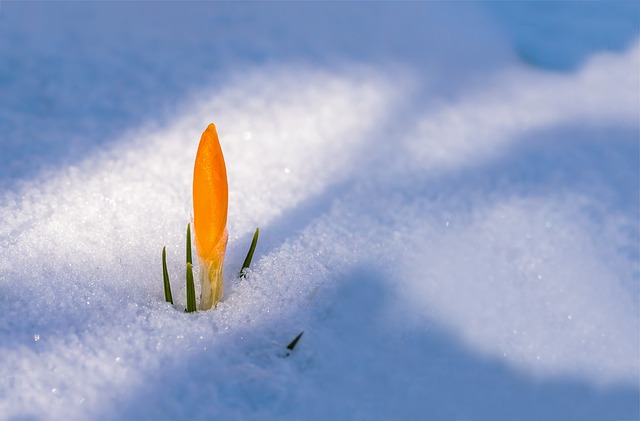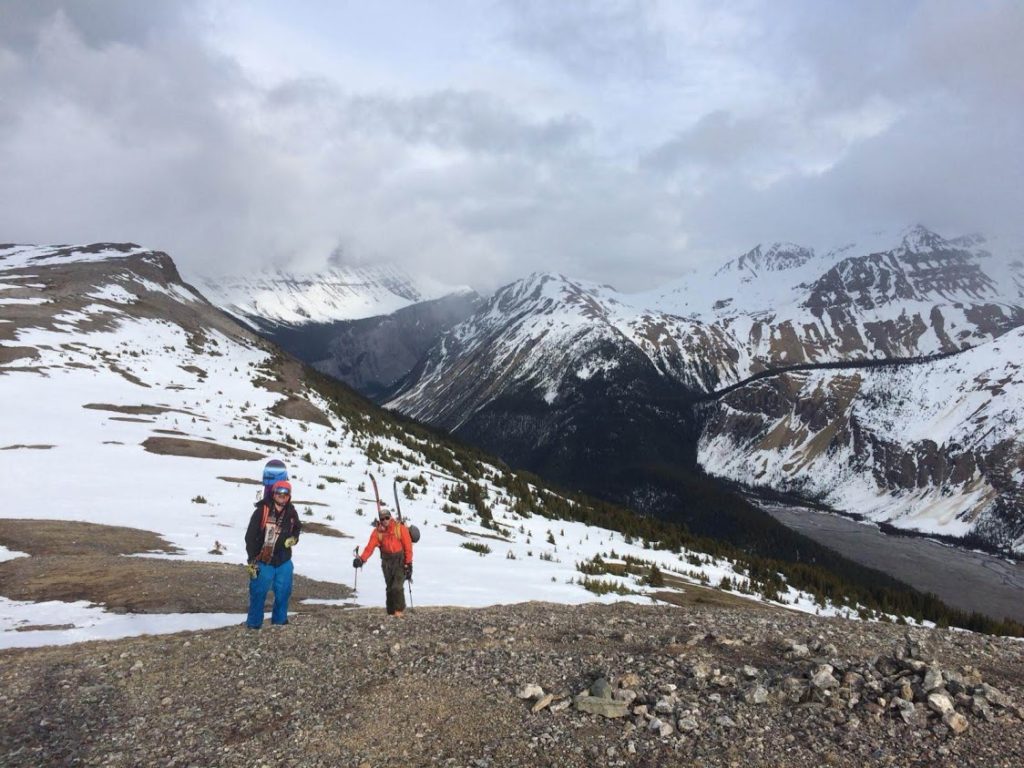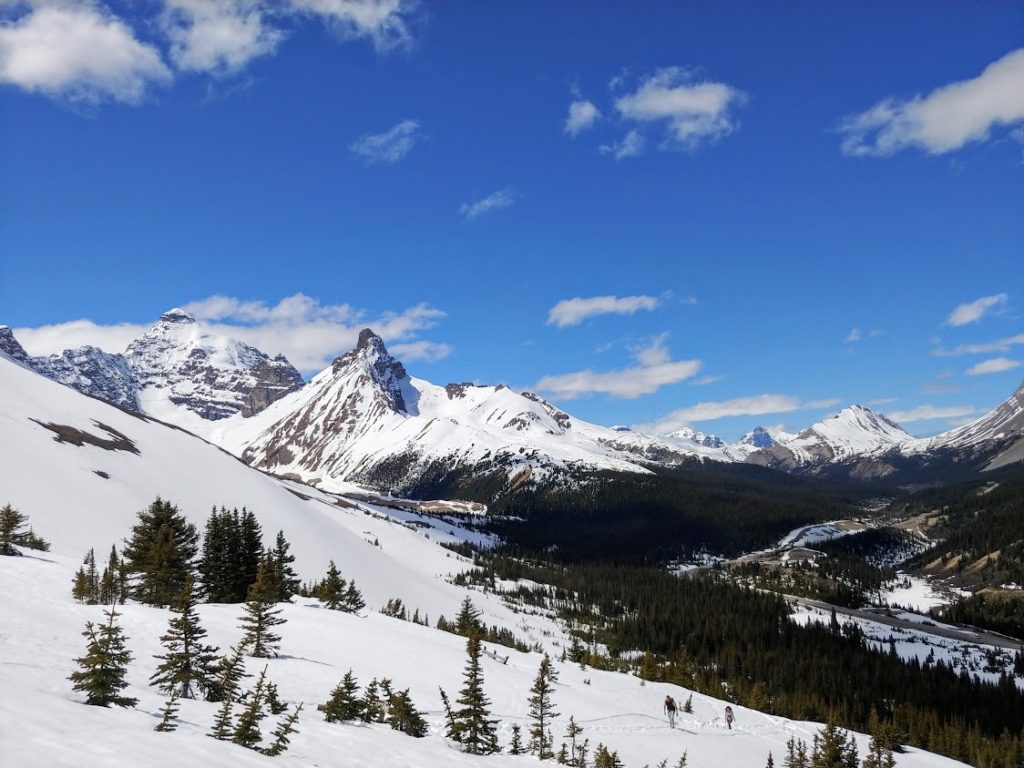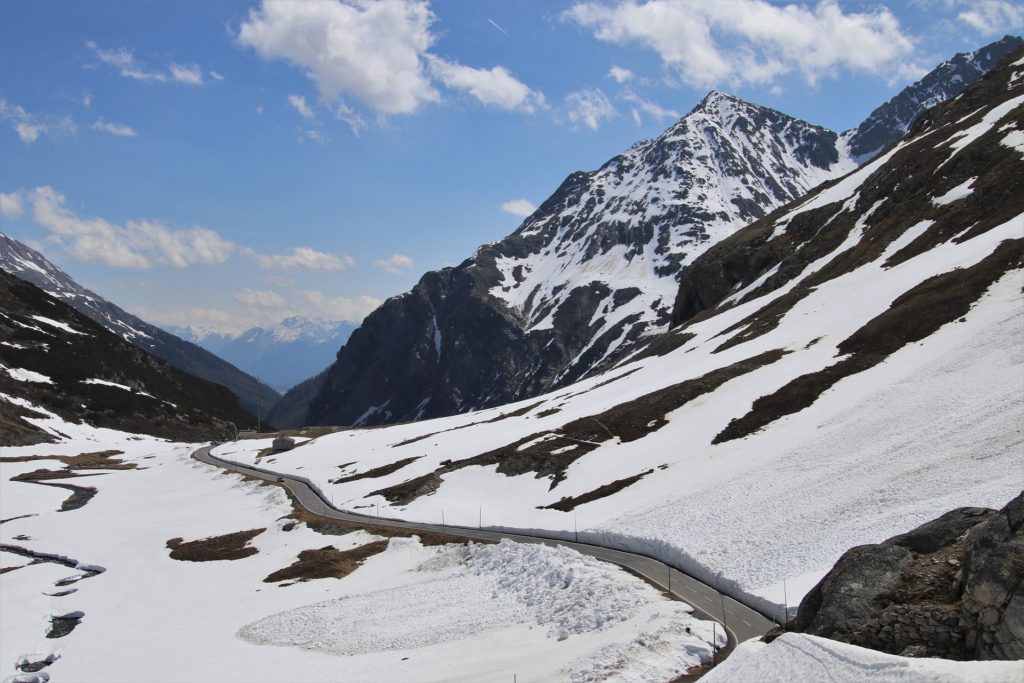
Avalanche Safety: Four Types of Spring Snowpack
Backcountry skiing or boarding in the spring can be a very rewarding experience, but the variability of the snowpack and rapidly changing conditions can make it a bit tricky to keep yourself out of avalanche danger. In this article we’re going to cover four pretty typical spring scenarios, the dangers associated with each and how to mitigate the risk.
Even with the knowledge you gain from this article, always keep in mind that solar radiation and warm temperatures can elevate the danger from low to high in a matter of minutes.
For more general spring skiing tips and avalanche safety advice, check out our article on spring skiing here.
Scenario 1: Cold and Snowy
Even though it’s spring and warmer temperatures are on the way, we can still get pretty serious storms. This is more likely to occur early in spring and can bring a lot of dry and cold snow, especially in the alpine. At this time of year, snow is often wetter and possibly turning to rain at lower elevations.
With this new snow comes new avalanche risk. At higher elevations where the snow is colder, wind slabs and storm slabs are the highest risk. Avalanches from these slabs can occur both at the layer where the new snow meets old, which is likely a melt-freeze crust, as well as within the new snow itself. Usually the most dangerous period (as in when the most avalanches occur) in this scenario is during warming after the storm. The sun emerges from the clouds and heats up the new snow creating instability.
In this scenario, there are a few pieces of travel advice that can help you stay safe:
- Avoid steep and high consequence terrain until the storm snow has had a chance to stabilize – stick to simpler terrain.
- Use caution when crossing/entering wind affected terrain
- In general try and avoid freshly wind-loaded slopes whenever possible
- Be aware that conditions can change dramatically with elevation changes (e.g. wet to dry and cold as you climb)
One final word of warning: if the storm is big enough and deep, persistent slabs exist, it’s possible the new snow can trigger these and cause large slides.
Scenario 2: Daily Melt-Freeze
This is your classic spring scenario: the warm sun melts the snow during the day and then cooler temperatures at night freeze it right back up. This melt/freeze cycle leads to strong crusts on the surface and dense snow underneath. If you catch it at the right time between freeze and melt, you’ll find the spring-time holy grail: corn snow.
When solid crusts have formed, avalanche activity is unlikely. Travel on these crusts can be sketchy and challenging when they are frozen though, as they can be firm, smooth and icy. As the day heats up the surface of the snow, you’ll get that perfect wet slushy layer on top of the crust that is known as corn. Corn is a ton of fun to ride.
As things continue to heat up you can start to see stability issues. How soon and how unstable depends on how thick and stable the crust was to begin with, how dense the snow is underneath the crust as well as the temperature and elevation.
If melted snow (aka water) seeps into the snowpack, it can trigger persistent weak layers that have been hanging around all winter. This can lead to sizable wet slab avalanches that are fairly uncommon but can be very destructive. Also be on the lookout for wet/slushy surface avalanches.
Here are a few travel tips for a melt/freeze scenario:
- The aspect has a huge effect at this time of you. South-east aspects will destabilize first during the day, followed by south, then south-west and eventually west and north-west late in the spring.
- Be aware of changing conditions. Strong radiation throughout the day can cause conditions to change rapidly, so starting early is generally wise.
- Avoid sun-exposed slopes and slopes with overhead danger when radiation is strong. The sun weakens cornices as well as the existing spring snowpack.
Scenario 3: All Melt, No Freeze
When temperatures are warmer than average in the spring, you may encounter nights that aren’t cold enough to freeze the snowpack. This could be a warm sunny stretch but it can also occur during a warm rainy period.
In this scenario, the snowpack is not a happy camper. It gets progressively more wet, weaker and unstable. There is no supportive crust on top to hold things together, and daytime radiation will rapidly weaken what little stability there was.

Over the long term, water will seep into the deepest layers of the snowpack and these deep layers become sensitive to triggering. Large, destructive avalanches are very possible in this scenario, so wise terrain choices are paramount. Loose, wet avalanches are common and can often trigger deeper instabilities to create much larger avalanches. Cornices and overhead slopes should definitely be on your radar to avoid during an All Melt, No Freeze period.
If you still want to get out there, heed these travel tips:
- Conservative terrain choice is the name of the game.
- Be very conscious of overhead danger and avoid steep overhead slopes and avalanche run-out paths if at all possible.
- Give cornices a wide berth. Like super wide. Don’t go anywhere near them.
Scenario 4: All Freeze, No Melt
After a springtime warming period we can often get a period of cooler temperatures that will refreeze all of the snow that melted. Generally this freezing period creates a nice supportive crust on top of the snowpack that really stabilizes things. The snowpack is essentially locked in by this thick crust.
Although things are generally pretty stable in this scenario, exercise caution in high-elevation zones that may still have a wintery snowpack. North facing aspects are where this is most likely to happen as they receive the least solar radiation.
Deep instabilities are unlikely to react to human triggering, but a large cornice fall could trigger something huge. Unlikely, but still possible. Also be aware of thin spots that can trigger weaknesses in the snowpack. This is generally the time to consider bigger spring objectives but bear in mind that conditions can change rapidly. If the sun comes out, be sure re-evaluate your plan.
Closing Thoughts
Excellent skiing can still be found in the spring, but careful evaluation of conditions is pretty key. Starting and finishing early is almost always a good strategy but be sure to keep in mind that conditions can change really quickly in the spring. Now go find some of that glorious corn snow!

